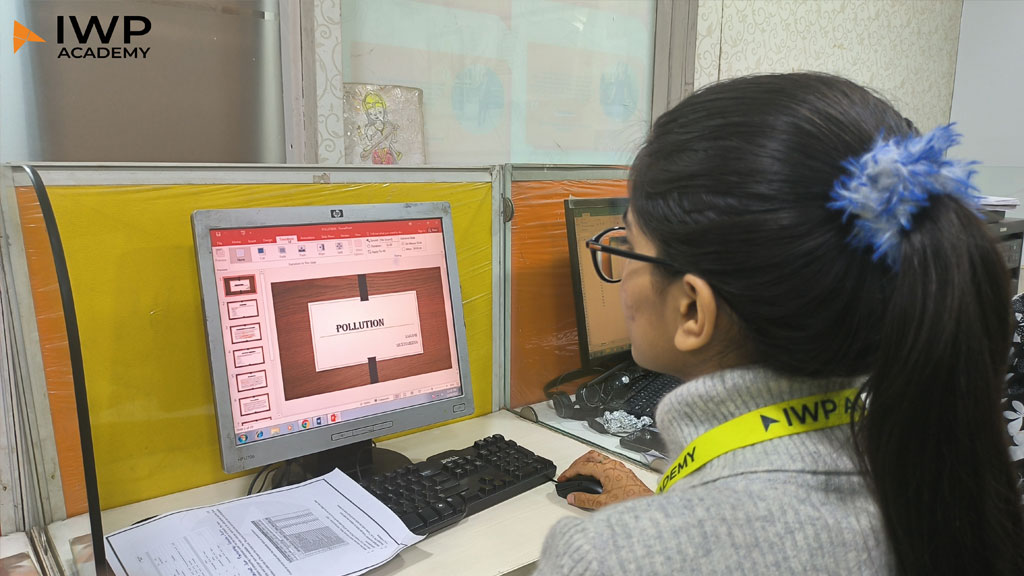Introduction:
In a world where visuals and interactive experiences dominate, the ability to create captivating multimedia content is a sought-after skill. If you have a passion for blending creativity with technology, a Multimedia course is your gateway to a dynamic and expressive career. Join us on a journey through the exciting realms of multimedia education, exploring the tools, techniques, and possibilities that await you.
- Multimedia Unveiled:Multimedia is more than just a buzzword; it’s a fusion of various creative elements—images, audio, video, and interactive elements—crafted to engage and inspire audiences. Multimedia courses serve as the launchpad for aspiring artists and designers to explore this dynamic field.
- Foundations of Multimedia Design:Multimedia courses typically commence with an exploration of the fundamental principles of design. From understanding color theory and composition to grasping the psychology of user experience, building a solid foundation in design principles is crucial for multimedia creators.
- Graphic Design and Image Editing:Visual storytelling lies at the heart of multimedia. Courses delve into graphic design techniques, teaching students to create stunning visuals using tools like Adobe Photoshop or Illustrator. Image editing skills are honed to perfection, ensuring multimedia creators can bring their visions to life.
- Video Production and Editing:Multimedia isn’t complete without the power of video. Courses often include modules on video production and editing, providing students with the skills to script, shoot, and edit videos. Understanding the nuances of storytelling through moving images is a key aspect of multimedia education.
- Audio Production and Editing:Sound is a powerful element in multimedia creation. Courses cover the essentials of audio production and editing, teaching students to create impactful soundscapes and integrate audio seamlessly into their multimedia projects.
- Interactive Design and User Experience (UX):Multimedia isn’t just about static content; it’s about engaging the audience. Courses explore interactive design principles, introducing students to UX design. Learning how to create user-friendly interfaces and immersive interactive experiences is crucial for multimedia designers.
- Animation Techniques:From 2D animations to 3D modeling, multimedia courses often include animation modules. Students learn the art of bringing characters and scenes to life through motion, adding an extra layer of dynamism to their multimedia creations.
- Web Design and Development:In the digital age, understanding web design is essential for multimedia professionals. Courses cover the basics of web design and development, teaching students how to create visually appealing and user-friendly websites to showcase their multimedia projects.
- Portfolio Development and Industry Insights:Building a strong portfolio is key to showcasing your skills as a multimedia creator. Courses guide students in crafting portfolios that reflect their versatility and proficiency. Additionally, gaining insights into industry trends and expectations prepares students for successful entry into the competitive field of multimedia.
Conclusion:
Embarking on a Multimedia course isn’t just about learning tools; it’s about mastering the language of visual and interactive communication. Whether you aspire to be a graphic designer, video editor, or multimedia artist, a multimedia course is your canvas for creativity. Dive into the world of multimedia education, where technology meets imagination, and watch as your passion transforms into a fulfilling and vibrant career.

